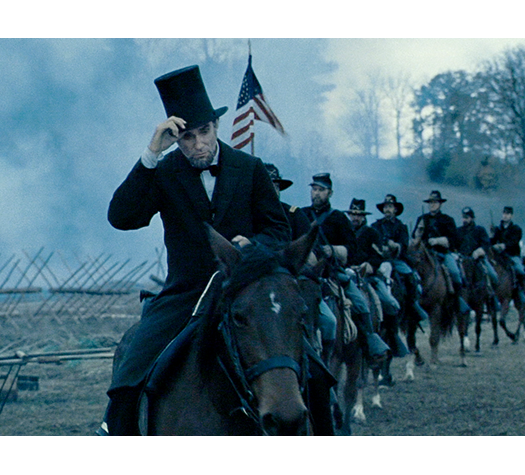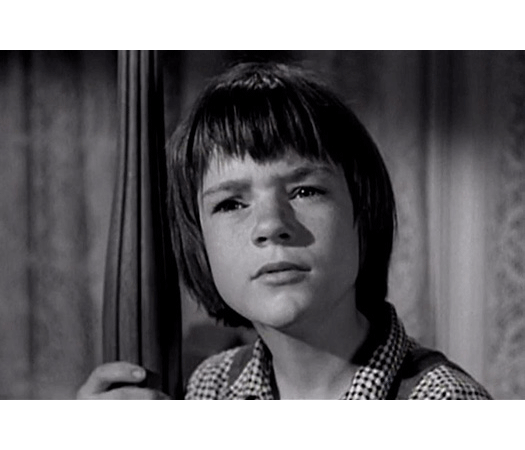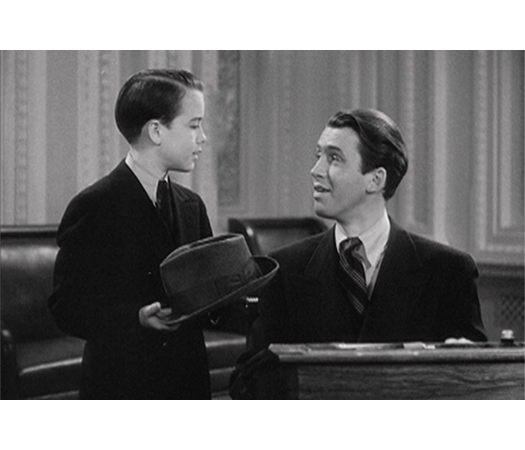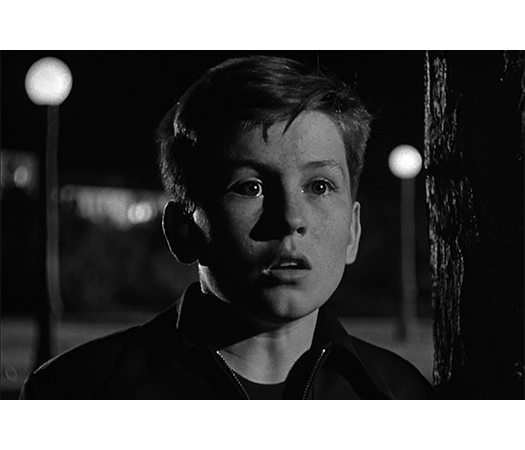For 25 years, educators from across multiple disciplines—English/Language Arts, History/Social Studies, Media Literacy, Film Study—have found that the Story of Movies interdisciplinary approach effectively engages students in critical thinking and viewing. Whether you are a classroom teacher, media specialist, or librarian—whether you are teaching English as a second language or adult literacy, The Story of Movies program provides valuable educational resources. These include:
- Teacher's Guides, with discussion questions and screening activities;
- PowerPoint Presentations, featuring movie stills for analysis as well as maps, editorial cartoons, and paintings related to the movie's theme;
- Clip Reels, with selected movie scenes for analysis;
- Film Readers, providing news, feature articles, and other primary source documents relative to the movie's historical/cultural contexts;
- Assessments, including lesson quizzes, chapter tests, and performance-based assessment activities.
